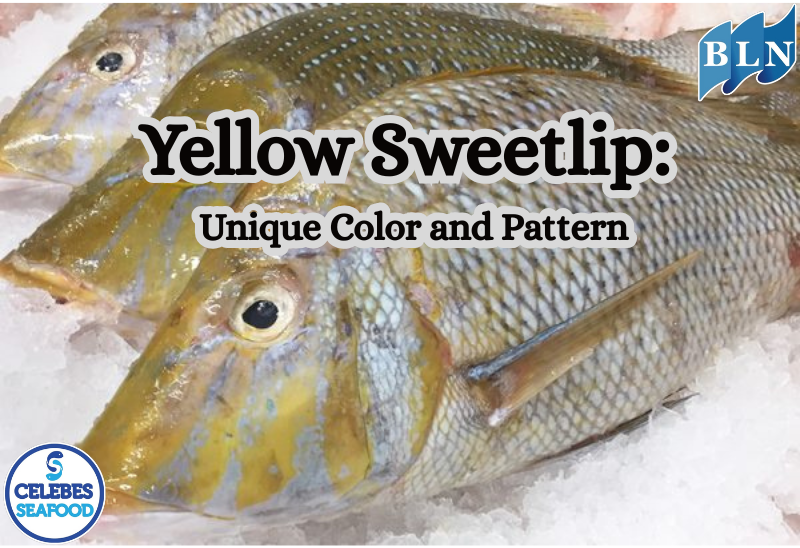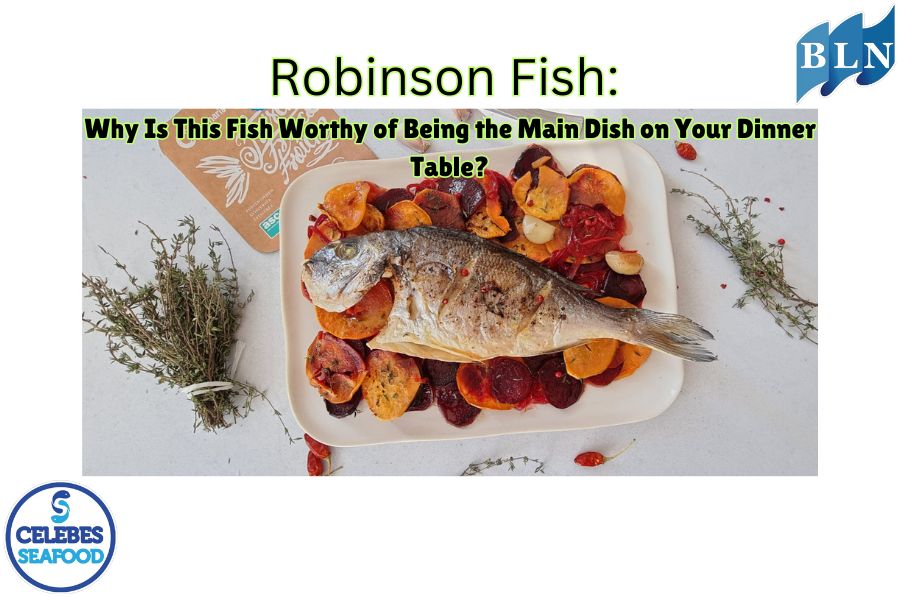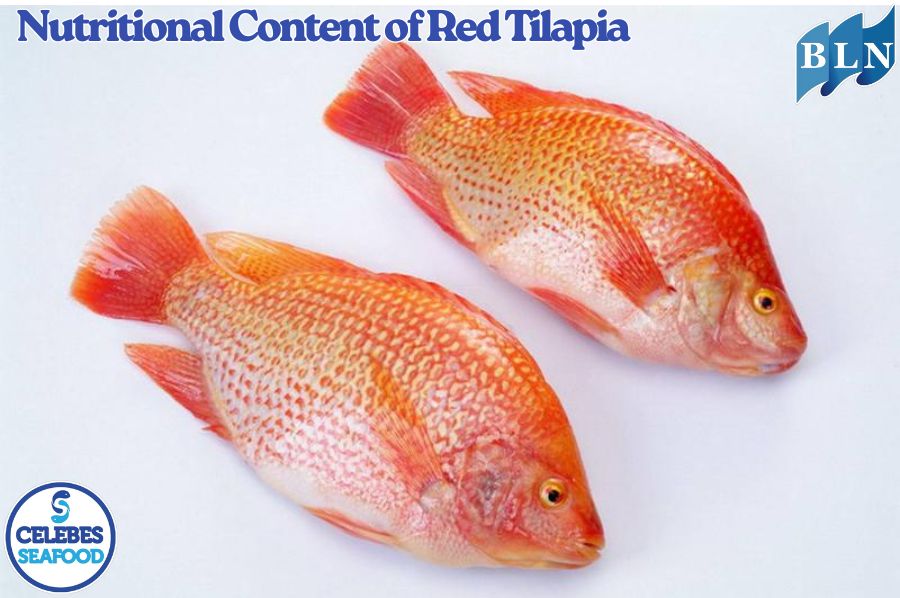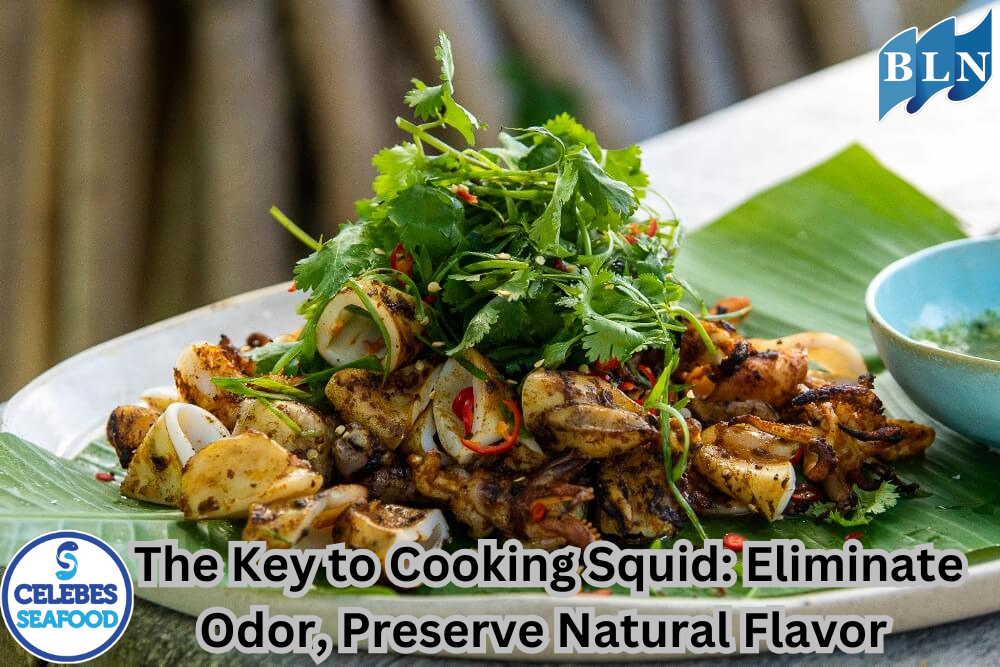Quick First Aid Acts for Seafood Poisoning
By. Nevanda - 18 Aug 2023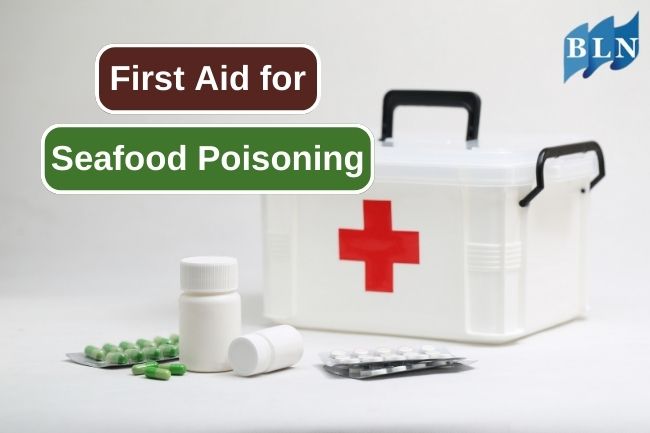
lautnusantara.com - Seafood poisoning can result from consuming contaminated or spoiled seafood, and symptoms can range from mild to severe. Common types of seafood poisoning include scombroid poisoning, ciguatera poisoning, and shellfish poisoning. Symptoms can include nausea, vomiting, diarrhea, abdominal pain, and in more severe cases, difficulty breathing and paralysis.
If you suspect someone has seafood poisoning:
1. Seek Medical Help
If the person is experiencing severe symptoms such as difficulty breathing, paralysis, or any other life-threatening symptoms, call emergency services immediately.
2. Stay Hydrated
Encourage the affected person to drink clear fluids like water, clear broth, or oral rehydration solutions to prevent dehydration caused by vomiting and diarrhea.
3. Rest
Have the person rest in a comfortable position to help them recover and conserve their energy.
Read also: Best Season to Catch Bluefin Tuna
4. Avoid Solid Foods
It's often recommended to avoid solid foods until the symptoms have subsided. This can help reduce further irritation to the digestive system.
5. Medical Advice
Consult a healthcare professional for advice on how to manage the symptoms. They might recommend over-the-counter medications to help with nausea or diarrhea, but it's important to follow their guidance.
6. Identify the Source
If possible, identify the specific seafood that caused the poisoning. This can help medical professionals in providing appropriate treatment and preventing further cases.
7. Prevent Further Contamination
If you have other seafood from the same batch, discard it to prevent further cases of poisoning. Also, ensure proper handling and storage of seafood to prevent contamination in the future.
Read also: Exploring the Unique Traits of the Humboldt Squid
Prevention and Future Precautions: To prevent seafood poisoning:
- Purchase seafood from reputable sources.
- Ensure proper storage and handling of seafood to prevent spoilage.
- Stay informed about seafood advisories in your area, especially during harmful algae bloom seasons.
- Educate yourself about the types of seafood that are more prone to contamination.
Remember that the information provided here is not a substitute for professional medical advice. If you suspect seafood poisoning or any other medical emergency, it's important to seek help from a medical professional immediately.
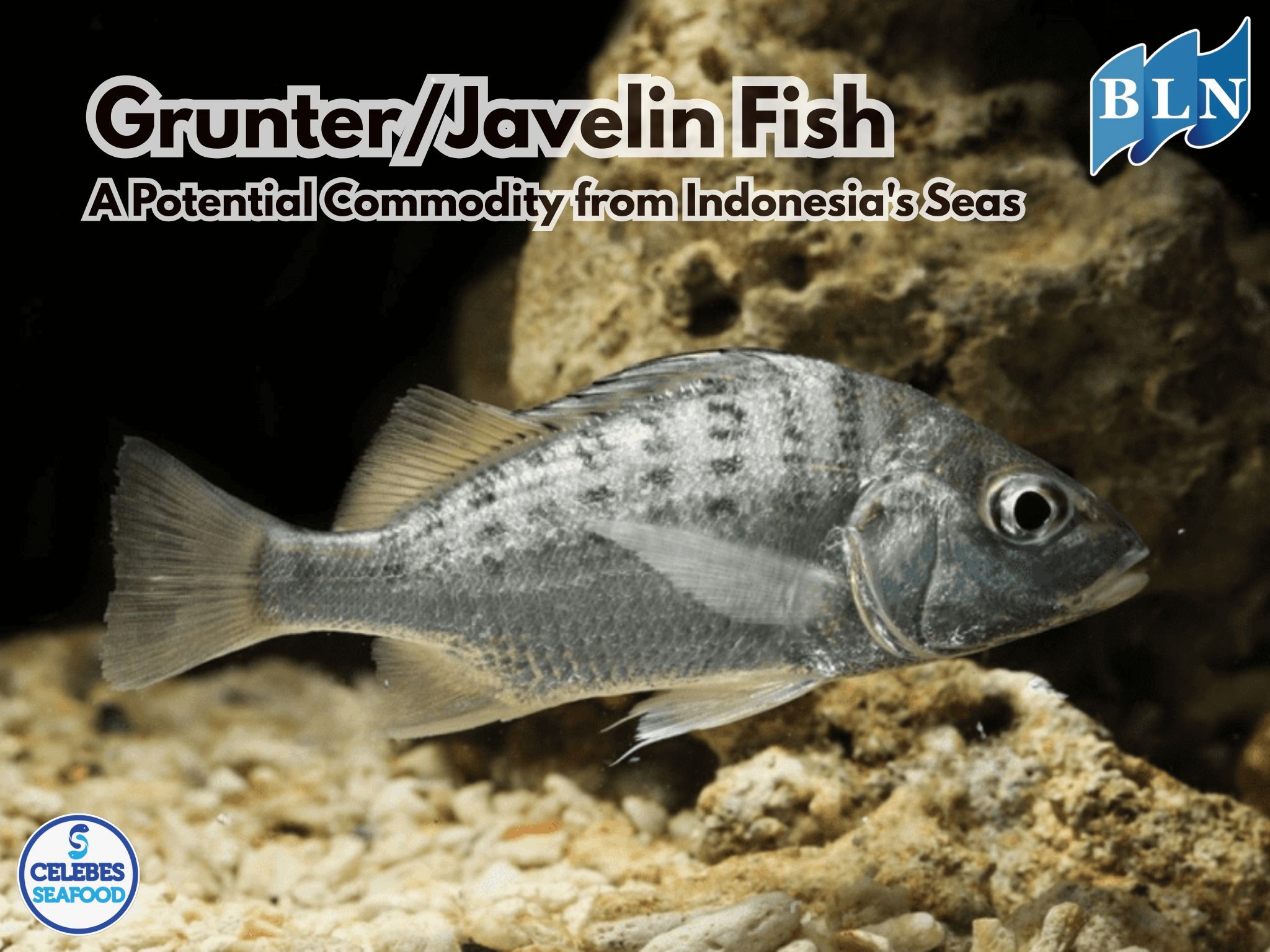
 in Protecting Shrimp Commodities from Radioactive Contamination.png)

